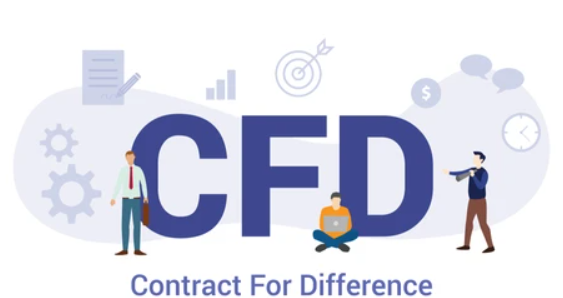Contracts for Difference (CFD) is a popular financial instrument that allows investors to speculate on the price movement of stocks, commodities, and other assets without owning the underlying asset. CFDs are often used for short-term trading and provide opportunities for both rising and falling markets.
How Does a CFD Work?
In a CFD, two parties (typically a trader and a broker) agree to exchange the difference in the price of an asset between the time the contract is opened and when it is closed. The key feature of a CFD is that no physical ownership of the asset is required. Instead, the trader profits or loses money based on the price movement of the asset.
For example, if a trader believes that the price of a particular stock will rise, they can enter a buy CFD position. If the stock’s price increases, the trader will make a profit. Conversely, if the stock price falls, the trader incurs a loss.
Advantages of CFDs:
- Leverage: CFDs allow traders to use leverage, meaning they can control a larger position with a smaller amount of capital. This can amplify both potential profits and losses.
- Short Selling: CFDs provide an opportunity to profit from falling prices, as traders can sell CFDs without owning the asset.
- No Ownership of Assets: Since traders don’t actually own the stocks or assets, they don’t have to deal with the logistics of buying or selling physical shares.
Example of CFD Trading:
Let’s say you want to trade a CFD on the stock of Company XYZ, which is currently priced at $100 per share.
- Opening the Position: You decide to buy 10 CFDs of XYZ stock at $100, hoping the price will rise.
- Price Movement: A few days later, XYZ’s stock price rises to $110.
- Closing the Position: You decide to sell your 10 CFDs at $110, making a profit of $10 per share. Since you hold 10 CFDs, your total profit is $100 ($10 x 10).
However, if the stock price had dropped to $90, you would have incurred a loss of $10 per share, totaling $100.
Risks of CFDs:
While CFDs offer many benefits, they also come with risks. Leverage can magnify losses, and the absence of physical ownership means that traders don’t receive dividends or other benefits that come with owning stocks. It’s important to have a solid understanding of the market and risk management strategies before trading CFDs.
Conclusion:
In conclusion, CFDs provide traders with an efficient way to profit from market movements without owning the underlying asset. However, due to their leveraged nature, they come with significant risk, and it’s important to use them cautiously.
– Ketaki Dandekar(Team Arthology)
Read more about Contracts of Difference (CFD) here – https://www.investopedia.com/terms/c/contractfordifferences.asp
